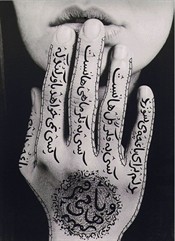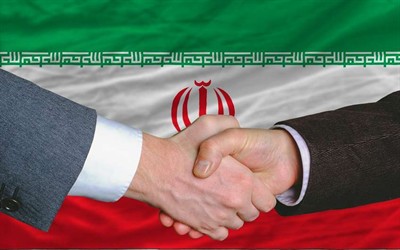Iran: Culture & Language
Iran, known as Persia until 1935, became an Islamic Republic in 1979. It is one of the world’s oldest civilizations, with settlements dating back to 4000 B.C.
Iran’s population increased dramatically during the latter half of the 20th century, reaching about 75 million by 2011. However, Iran’s birth rate is now dropping significantly. Iran’s Persian population is 49 million accounting for around 65% of the total population.
The Persian Language

Persian, also known as Farsi, is the predominant and official language in Iran. It is also one of the most widely-spoken languages in the Middle East and adjacent regions. Persian is an official language in Iran, Afghanistan (as Dari), and Tajikistan (as Tajik).
The Persian language has various dialects, including:
- Kirmanji: spoken by the Kurds who live in the towns and cities in western Iran.
- Luri: spoken by people in Zagros, it is the language of the Bakhtiaris and Lurs.
- Baluchi: spoken by people in southeastern Iran, Afghanistan and Pakistan, it is the language of the seminomadic.
Persian is written from right to left and has 32 letters. Arabic, Kurdish, Urdu and Hindi languages have 40% of the Persian vocabulary and 30% of its grammar as they are all part of the Indo-Iranian branch of the Indo-European language family.
Image Credit: Tumblr
Iranian Religions
The religions of Iran are:
- Muslim (official): 99.4% (Shia: 90-95% Sunni: 5-10%)
- Other (includes Zoroastrian, Jewish, and Christian): 0.3%
- Unspecified: 0.4%
In Iran, everything is closed on Friday because it is the Muslim holy day, and Thursday and Friday are considered weekends. It is the only country of all the Muslim countries that is officially a Shi’ite state, other Muslim countries are considered Sunn states.
Iranian Etiquette and Customs

In business, relationships are very important and Iranians prefer to do business with people they know and trust. Personal appearance is extremely important. A well-dressed person is highly regarded in Persian society.
A common greeting is, “salaam alaykum” or “salaam”. It is Arabic and translates to “the peace be upon you”. This greeting is routinely used when Muslims gather and interact, and elders are greeted first as a sign of respect.
Punctuality is important along with the timing of contact. Contact existing or potential business associates during their business hours, 9am to 5pm, to do business, contacting them after working hours is considered rude.
Translating your business card to Farsi is highly recommended and is seen as a sign of respect.
Conclusion
Iran is a country with a long history and rich culture. Persian, or Farsi, is a complicated language with many intricacies and dialects throughout the region. Islam is the official religion of Iran and dictates many of the laws of the country.
When doing business or visiting Iran, take the time to form a relationship with your Iranian counterparts and be familiar with both their social and business customs and etiquette.
Translation and Localization Resources
You may gain further insight into global e-business, global SEO and website translation and country specific cultural facts and related topics by reviewing some previous blogs written by: GPI
